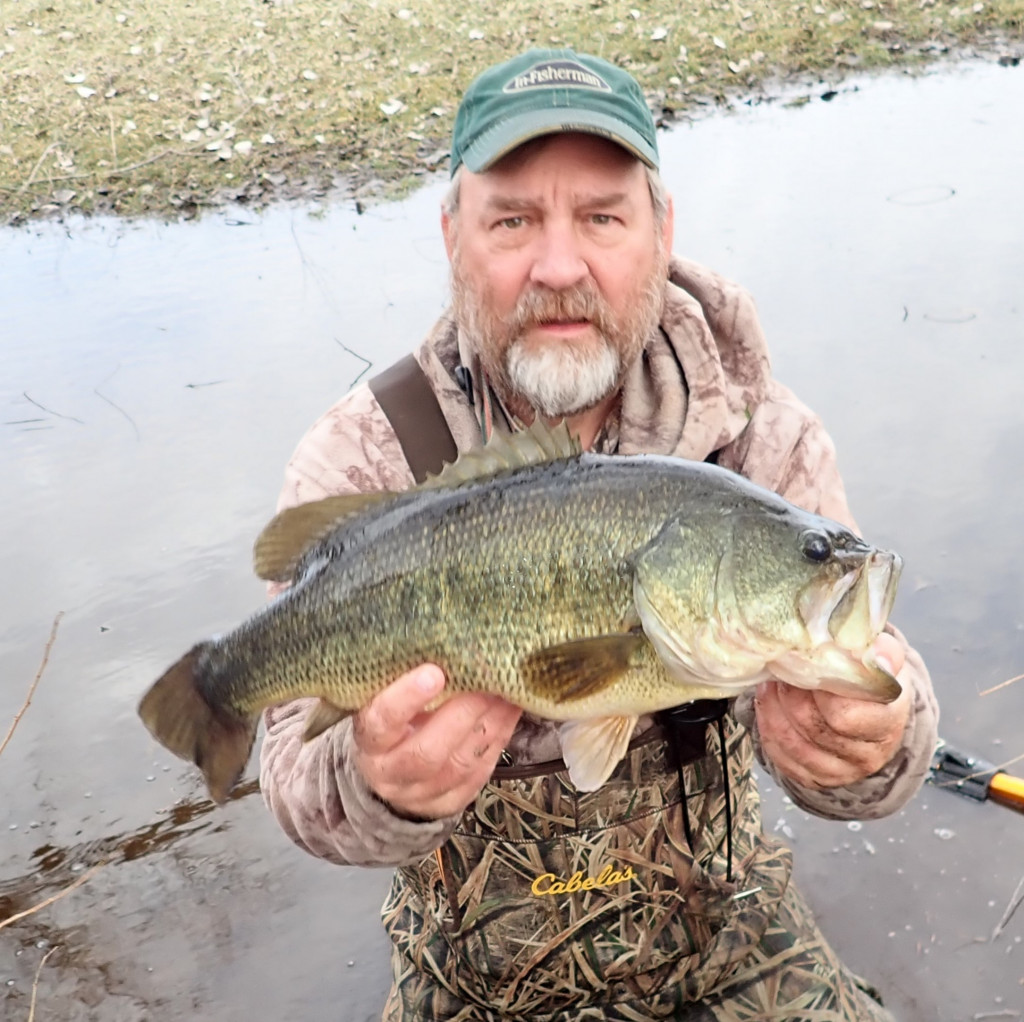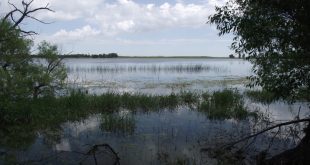A week ago I blogged about a favorite discussion topic among anglers–lure or bait color. Actually, I did not blog about it so much as stole my buddy, Greg Wagner’s blog post on the subject. That topic generates a lot of interest among anglers. I have blogged about it before.
That got me thinking. I will always tell you that you should worry about a lot of presentation variables before you worry about color. Anglers tend to jump to color as an explanation why one angler is catching all the fish. In fact, you should experiment with a lot of other things before you even think about color. So, what are those things? What are those presentation variables that we should work through? If you will, what is presentation theory?
That takes me back to my days as a kid. Oh, you better believe I was nuts about fish and fishing back then too. If you can imagine, there were no interwebs, no e-mail. no texting, no YouTube, no fishing videos, with a couple of exceptions not even any fishing on TV. If you wanted to learn about fishing, you spent a lot of time listening to your elders, and I did, or you scoured magazines for every nugget of fishing knowledge you could find.
Everybody knew about Outdoor Life, Sports Afield, Field & Stream and even NEBRASKAland magazines. Oh sure, I gobbled up every hunting, fishing and trapping story in every one of those magazines. There was not an issue that did not have several stories about some writer and his buddy going to some fantastic place, catching fantastic fish and experiencing fantastic things. But, if you wanted to know how or why they caught fish, the details, well, there were lots of purdy pictures, but not much on the nuts and bolts.
I saved a quote I read on an on-line forum, a quote from a good stick. He said to always ask “why”? The answers are what will make you a better angler. The answers will improve your success. Most of the popular magazines back in the day never asked that question. A lot of them do not ask that question today. So, where to go?
Buck Perry has been called the father of structure fishing. Even before depth-finders, let alone the live scope technology available today, Buck developed a system for interpreting what was below the surface of the water. A system for finding and catching fish. I think most importantly, Buck asked “why?” and then set out to answer it.
As a kid, I could find some of Buck’s teachings in the pages of Fishing Facts magazine. I saved my lawn-mowing money and bought an issue of Fishing Facts every month. Years later I acquired a copy of his book, Spoonplugging.
Yes, ole Buck sold baits, unique baits, spoonplugs. I would describe them as crankbaits, trolling baits, but as the name says, they were made of metal, like spoons. They were, still are, unique baits. By the way, in spite of their not really imitating any type of prey, they always have caught fish. Still do. Why? Because they were designed to be used as tools, tools to map what was below the surface, tools to find and catch fish.
Using those tools, Buck also was the first to outline a presentation theory. In that theory, the most important variables in selecting the right bait or lure, the right tool, are depth and speed.
I have talked about presentation theory, depth and speed in seminars before. I always illustrate it by an example. If the fish are in 20 feet of water, you likely are not going to catch them with a lure or bait, tool, that is running 5 feet down. That fact alone immediately hones in on presentations, techniques, baits and lures, tools, needed for different fishing situations. You have to know how deep different baits and lures, techniques, fish. Start there.
How do you know how deep the fish are? Well, technology can be a huge aid; your sonar, however sophisticated, will give you some ideas. But, if you are fishing without that technology, so what? You can still have a very good idea of how deep the water is where you are fishing. Based upon your knowledge of the fish and season, you should have at least some guesses on where the fish might be. So, begin by using the appropriate baits, lures, techniques, tools to check those depths. If you catch fish, you know. If you do not catch fish, you try somewhere else, something else.
That leaves the one other fundamental variable in presentation theory, speed. Different lures, baits, techniques, tools, work best at different speeds. Some days you can fish relatively fast and catch fish. Other days you might have to put baits right on their noses for some length of time before they will bite. It could be anywhere in between and it could change from hour to hour let alone day to day. Generally, active fish will respond to faster presentations. Slow down to tempt fish that are more inactive.
It is usually best to start with fast presentations, for the depth being fished. You can cover more water fishing fast. Covering water is likely to put your bait in front of more fish, and is the best way to explore and learn a body of water. Then, if you have to slow down, you should have identified some high percentage spots that are likely to hold fish that will respond to slower presentations.
You know I have 5 tons of tackle, baits and lures, just like the next guy. Every bait or lure ever made will catch fish if used in the right manner, in the right place at the right time. Depth and speed are the two most important things to consider when working through that puzzle of which is the right bait at the right place and time. Start there. Don’t even think about color until later, much later.
To start, keep your color choices basic, probably ones in which you have the most confidence. Ones that imitate natural prey. Only begin to experiment with colors to fine-tune presentations after you have dialed-in on depth, speed, and other variables like size, shape, action, etc. Most days you will catch plenty of fish, and big ones, by getting the most fundamental presentation variables right. Then you can start considering whether purple with pink polka dots works better than fuchsia with plum polka dots.

 Nebraskaland Magazine
Nebraskaland Magazine




